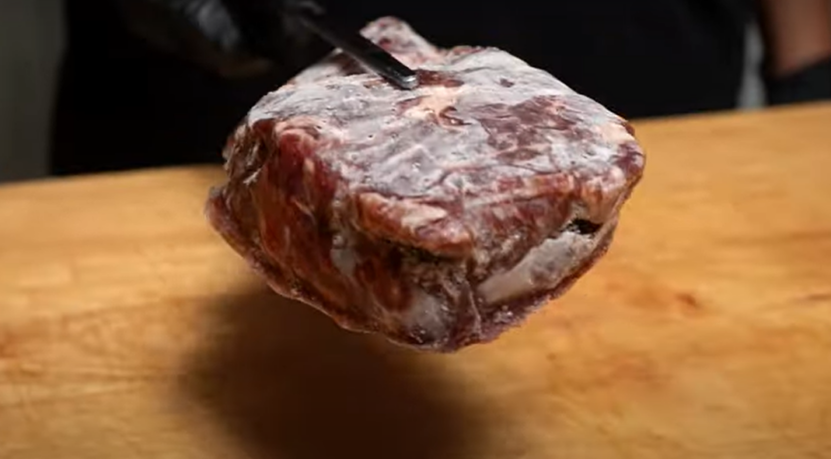When it comes to enjoying a delicious steak, freshness is key. But what about those cuts you’ve tucked away in the freezer?
Knowing how to discern if a frozen steak has gone bad is crucial not only for your culinary experience but also for your health.
Today, I will explain the details of identifying spoiled frozen steak, providing you with valuable insights to make informed decisions.
Key takeaways:
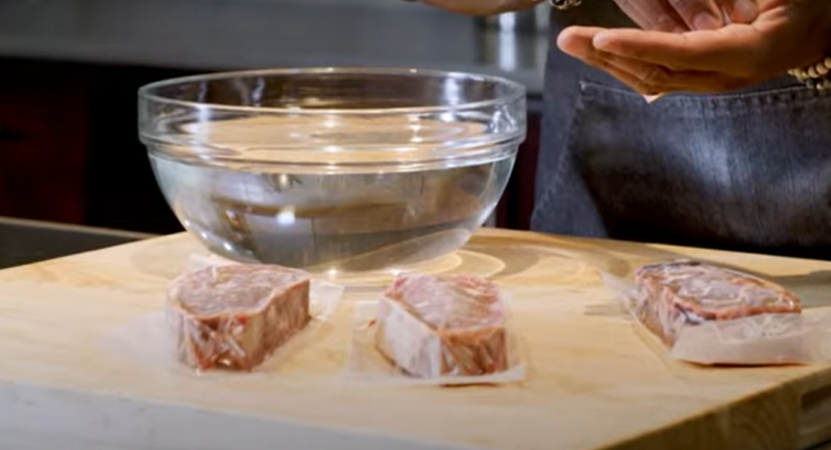
- Inspect for Spoilage: Check frozen steak for signs of spoilage, such as discoloration, strange odors, and slimy texture, before cooking.
- Understand Freezer Life: Know that the shelf life varies from 6 to 12 months, influenced by factors like freezing method and storage conditions.
- Freezer Burn Awareness: Be aware that freezer burn, while not harmful, can affect the taste and texture, indicating dehydration and oxidation.
- Safe Thawing Practices: Thaw frozen steak in the refrigerator to ensure even and safe thawing, avoiding bacterial growth associated with room temperature thawing.
- Cooking Previously Frozen Cut: Allow complete thawing for even cooking and adjust cooking times as needed, considering that frozen steaks may retain more moisture.
The Shelf Life of Frozen Steak
- Factors Affecting Frozen Steak Quality: The shelf life of frozen steak depends on various factors, such as the type of cut, the freezing method, and the storage conditions. Typically, it can last in the freezer for anywhere from 6 to 12 months. However, improper freezing techniques or fluctuations in temperature can significantly shorten this period.
- Signs of Deterioration in Frozen Steak: Even within its expected shelf life, a frozen steak can go bad. Indicators of spoilage include freezer burn, discoloration, and a strange odor once thawed. Freezer burn, characterized by dry, leathery spots, occurs due to air reaching the meat’s surface, leading to moisture loss.
Inspecting for Spoilage
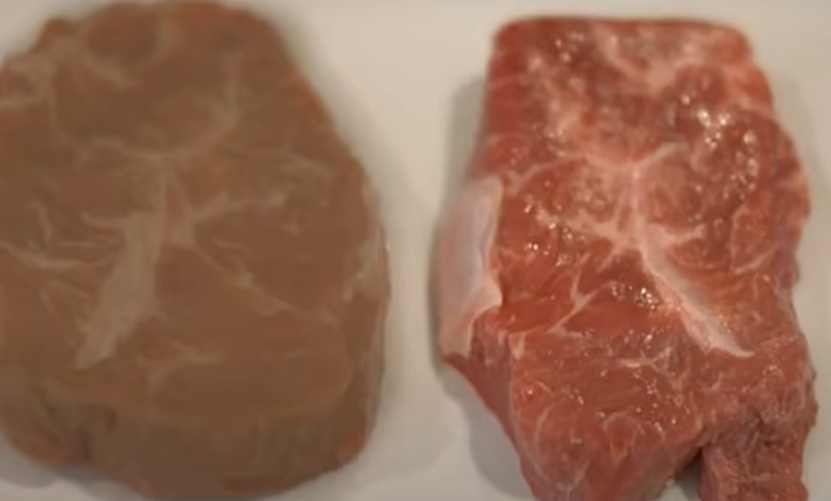
Visual Inspection
The first step in inspecting a slice of meat, such as ground beef or frozen steak, is a visual examination. Look for changes in color.
A cut that has turned grayish-brown might still be safe to eat but could indicate it’s past its prime.
If you notice any green or moldy spots, it’s a definite sign of spoilage.
Smell Test
After thawing the steak, conduct a smell test. Fresh cut should have a mild iron-like smell, but if you detect sour, rancid, or ammonia-like odors, it’s a clear sign the meat is no longer good.
Texture Check
The texture of the cut can also be a giveaway. A spoiled steak may feel slimy or sticky to the touch.
If its texture feels notably different from when it was first frozen, it’s best to err on the side of caution and discard it.
Health Risks Associated with Eating Spoiled Steak

Foodborne Illnesses
Eating spoiled steak can lead to foodborne illnesses caused by bacteria like Salmonella, E. coli, and Listeria.
Symptoms include nausea, vomiting, diarrhea, and abdominal pain. In severe cases, it can lead to more serious health issues.
Importance of Proper Handling
To minimize the risk of foodborne illnesses, always handle steak with clean hands and utensils.
Ensure it’s cooked to the recommended internal temperature of 145°F (63°C) for medium rare, as measured with a meat thermometer.
Tips for Proper Freezing and Thawing
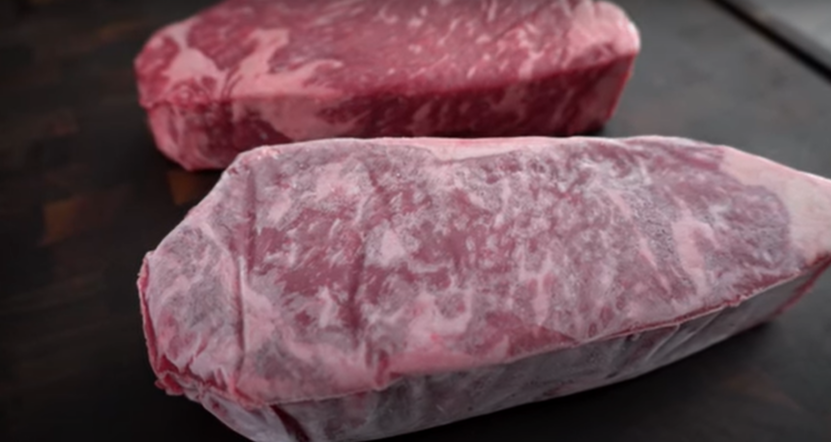
- Freezing Techniques: To extend the life of your steak in the freezer, use airtight packaging. Vacuum sealing is ideal as it removes air and prevents freezer burn. Label and date the cut to keep track of how long it’s been stored.
- Thawing Methods: Thaw frozen meat in the refrigerator, not at room temperature. This slow thawing process helps maintain the meat’s quality and prevents bacterial growth. For a quicker method, you can use cold water or a microwave, but these methods may slightly affect the cut’s quality.
Best Practices for Freezing
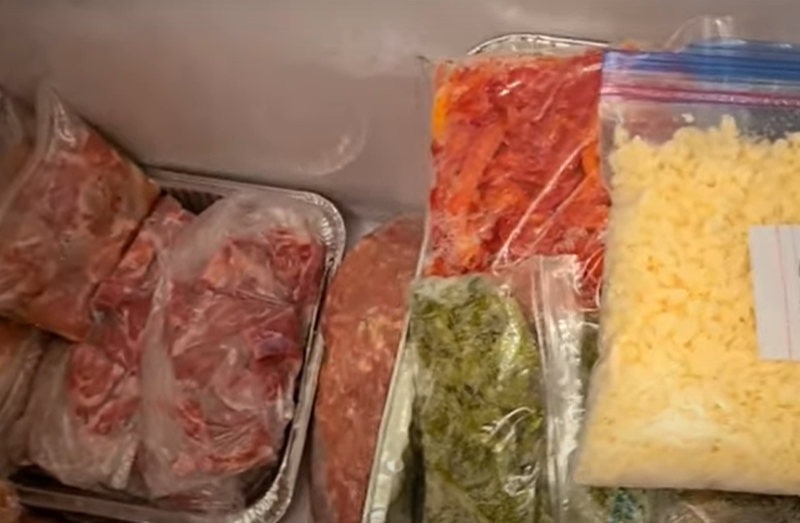
Choosing the Right Packaging
When freezing steak, use moisture-proof and airtight packaging. Vacuum-sealed bags are ideal, but heavy-duty aluminum foil or freezer-safe plastic wrap can also work.
Ensure the steak is wrapped tightly to prevent air exposure.
Freezing It Quickly
Freeze steak as quickly as possible to maintain its quality. Rapid freezing prevents the formation of large ice crystals, which can damage muscle fibers and result in a less tender steak when thawed.
Organizing the Freezer
Store steaks in the coldest part of the freezer, typically at the back. Keep them away from the door to avoid temperature fluctuations each time the freezer is opened.
Also, avoid overcrowding the freezer, as this can impede air circulation and affect freezing efficiency.
Cooking Tips for Previously Frozen Cuts
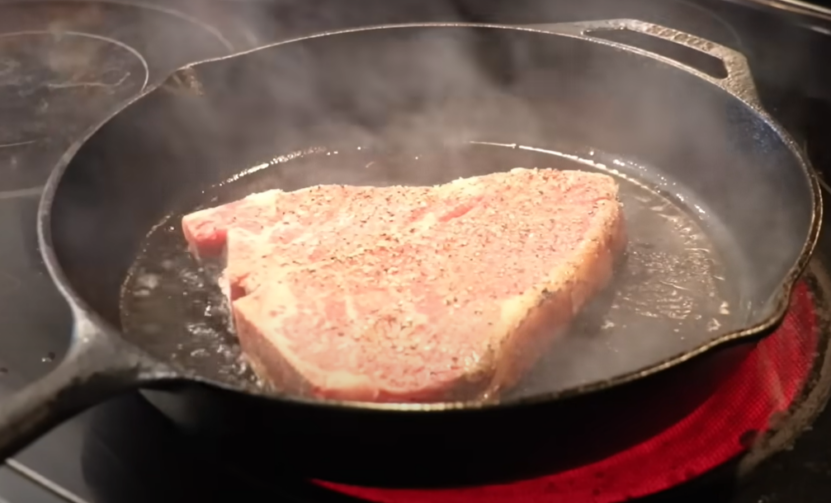
Allow for Complete Thawing
Before cooking, make sure the steak is completely thawed. This ensures even cooking.
A steak that’s partially frozen will cook unevenly, resulting in a less-than-ideal texture and flavor.
Adjust Cooking Times
Frozen steaks can retain more moisture, so you might need to adjust cooking times slightly.
Monitor the cut closely while cooking and use a meat thermometer to ensure it reaches the proper internal temperature.
Resting the Steak
After cooking, let the meat rest for a few minutes before cutting into it.
This allows the juices to be redistributed, resulting in a more flavorful and tender cut.
Common Misconceptions
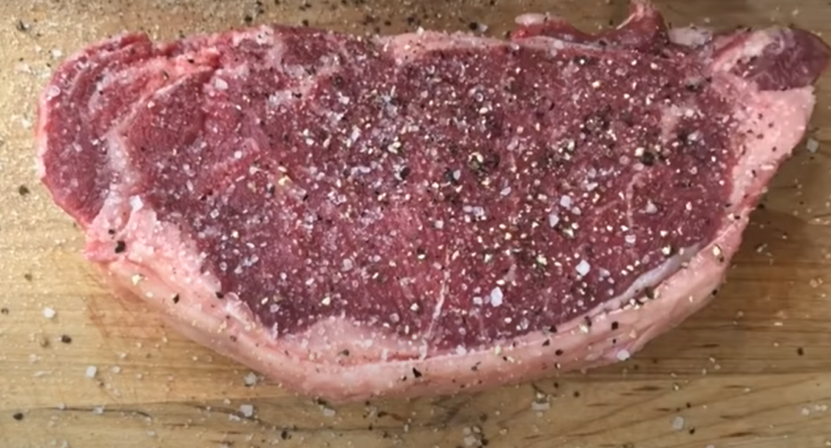
Myth: Frozen Steak Loses Nutritional Value
A common myth is that freezing steak diminishes its nutritional value. In reality, the freezing process preserves the nutrients.
The nutritional difference between fresh and properly frozen cuts is minimal.
Myth: You Can Tell if a Steak is Bad Just by Looking
While visual cues are important, they don’t tell the whole story. A steak can look fine but still be spoiled.
Always use a combination of visual inspection, smell test, and texture check to determine a steak’s quality.
Myth: Freezing Steak Ruins Its Flavor
Freezing does not inherently ruin the flavor of the meat. If properly wrapped and frozen quickly, a steak can maintain its flavor and texture.
The key is to prevent freezer burn and dehydration.
Creative Ways to Use Up Older Frozen Steak
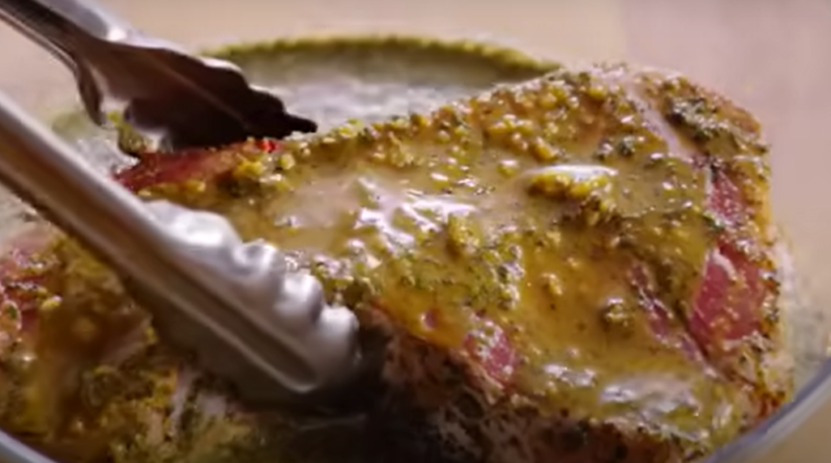
- Make Stews and Soups: Older frozen cuts, especially those with freezer burn, can be repurposed in stews and soups. Slow cooking methods can help tenderize the meat and enhance flavors.
- Marinate to Restore Moisture: If the steak has slightly dried out, using a marinade can help restore some moisture and flavor. Acidic components in marinades, like vinegar or lemon juice, can also help tenderize the meat.
- Use in Stir-Fries: Cutting the meat into thin slices and using it in stir-fries is a great way to use older frozen steak. The high heat and quick cooking time can make even a slightly tougher cut enjoyable.
FAQs
Can Freezer Burn Make You Sick?
Freezer burn itself doesn’t make you sick, but it can degrade the quality and taste of meat.
It’s caused by dehydration and oxidation when air reaches the meat’s surface. While not harmful, it can make the steak less enjoyable to eat.
How Long Can Steak Last in the Freezer?
Generally, a properly stored cut can last in the freezer for 6 to 12 months.
The exact time depends on the cut and the conditions of the freezer. It’s important to keep the steak in a constant, very cold temperature to maximize its shelf life.
Is It Safe to Refreeze Thawed Steak?
Refreezing thawed cut is safe if it was thawed in the refrigerator and hasn’t been left out at room temperature for more than 2 hours.
However, refreezing may affect the meat’s quality due to moisture loss during the thawing process.
Can I cook steak directly from frozen?
Yes, you can, but it requires adjusting the cooking time. It’s generally recommended to thaw it first for even cooking.
Does the type of steak affect how long it can be frozen?
Yes, fattier ones like ribeye can handle freezing better than lean cuts like filet mignon, which can dry out more easily.
Can I freeze cooked steak?
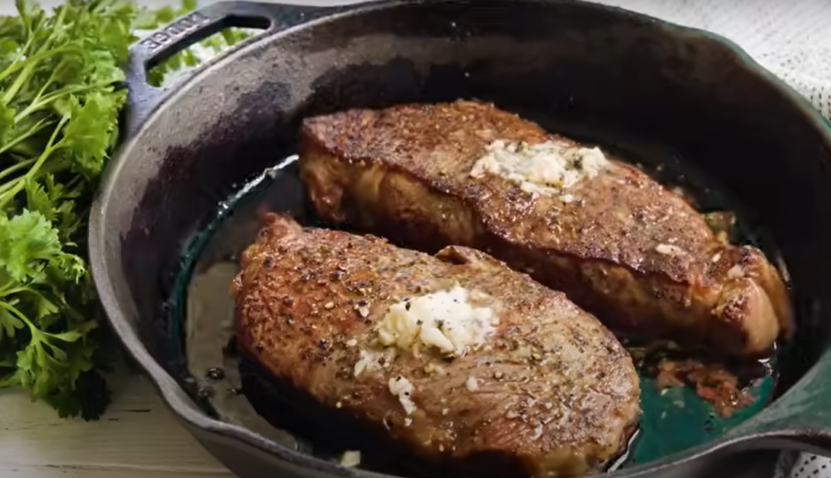
Yes, you can. Ensure it’s cooled properly and stored in an airtight container. It’s best consumed within 3 months.
Is it safe to eat steak that has ice crystals on it?
Ice crystals indicate that the cut has been stored for a while or thawed and refrozen.
It’s safe to eat but may have a compromised texture.
How do I prevent freezer burn on steak?
Prevent freezer burn by wrapping the meat tightly in airtight packaging, like vacuum-sealed bags, and keeping it at a consistent, cold temperature.
Can the smell of other foods in the freezer affect my steak?
Yes, the meat can absorb odors from other foods in the freezer.
Use airtight packaging and store it away from strong-smelling foods to prevent this.
Final Words
Identifying whether a frozen steak has gone bad is essential for ensuring a safe and enjoyable meal. By understanding the signs of spoilage and adhering to proper storage and handling techniques, you can enjoy your frozen meats with confidence and peace of mind.
Remember, when in doubt, it’s better to be safe and discard any cut that doesn’t pass the freshness test.
